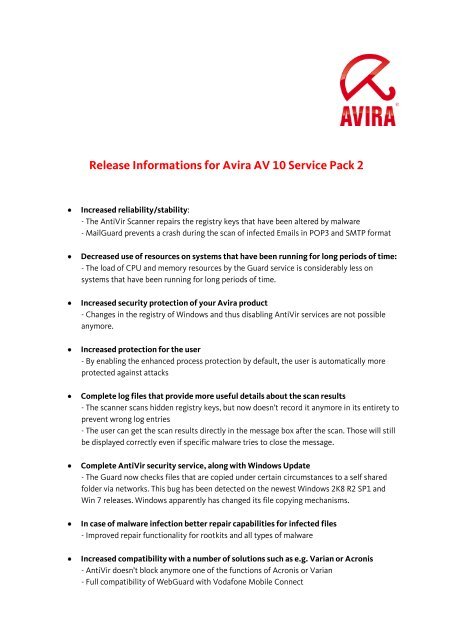Resultsthe Place To Win System
This is a missed opportunity for Windows 7: separating user data from the operating system, as a recognised feature, is long over due. There is no reason why the user data has to reside on the same partition as the operating system. An in-place upgrade allows you to go from an older operating system to a newer one, while keeping your settings, server roles, and data intact. This article helps you to move from Windows Server 2012 to Windows Server 2016. No part of this site may be reproduced, stored in a retrieval system or transmitted in any way or by any means (including photocopying, recording or storing it in any medium by electronic means), without the written permission of ATP Tour, Inc. Windows 7 Forums is the largest help and support community, providing friendly help and advice for Microsoft Windows 7 Computers such as Dell, HP, Acer, Asus or a custom build. Update to verify that eligible Windows 7 SP1 and Server 2008 R2 SP1 devices can get Extended Security Updates Applies to: Windows 7 Service Pack 1Windows Server 2008 R2.
-->If you want to keep the same hardware and all the server roles you've already set up without flattening the server, you'll want to do an in-place upgrade. An in-place upgrade allows you to go from an older operating system to a newer one, while keeping your settings, server roles, and data intact. This article helps you to move from Windows Server 2012 to Windows Server 2016.
To upgrade to Windows Server 2019, use this topic first to upgrade to Windows Server 2016, and then upgrade from Windows Server 2016 to Windows Server 2019.

Before you begin your in-place upgrade
Before you start your Windows Server upgrade, we recommend that you collect some information from your devices, for diagnostic and troubleshooting purposes. Because this information is intended for use only if your upgrade fails, you must make sure that you store the information somewhere that you can get to it off of your device.
To collect your info
Results The Place To Win Systems
Open a command prompt, go to
c:Windowssystem32, and then type systeminfo.exe.Copy, paste, and store the resulting system information somewhere off of your device.
Type ipconfig /all into the command prompt, and then copy and paste the resulting configuration information into the same location as above.
Open the Registry Editor, go to the HKEY_LOCAL_MACHINESOFTWAREMicrosoftWindowsNTCurrentVersion hive, and then copy and paste the Windows Server BuildLabEx (version) and EditionID (edition) into the same location as above.
Win Place Home
After you've collected all of your Windows Server-related information, we highly recommend that you backup your operating system, apps, and virtual machines. You must also Shut down, Quick migrate, or Live migrate any virtual machines currently running on the server. You can't have any virtual machines running during the in-place upgrade.
New Win Results
To perform the upgrade
Make sure the BuildLabEx value says you're running Windows Server 2012.
Locate the Windows Server 2016 Setup media, and then select setup.exe.
Select Yes to start the setup process.
On the Windows Server 2016 screen, select Install now.
For internet-connected devices, select Download and install updates (recommended).
Setup checks your device configuration, you must wait for it to finish, and then select Next.
Depending on the distribution channel that you received Windows Server media from (Retail, Volume License, OEM, ODM, etc.) and the license for the server, you may be prompted to enter a licensing key to proceed.
Select the Windows Server 2016 edition you want to install, and then select Next.
Select Accept to accept the terms of your licensing agreement, based on your distribution channel (such as, Retail, Volume License, OEM, ODM, and so on).
Select Keep personal files and apps to choose to do an in-place upgrade, and then select Next.
If you see a page that tells you upgrade isn't recommended, you can ignore it and select Confirm. It was put in place to prompt for clean installations, but it isn't necessary.
Setup will tell you to remove Microsoft Endpoint Protection using Add/Remove programs.
This feature isn't compatible with Windows 10.
After Setup analyzes your device, it will prompt you to proceed with your upgrade by selecting Install.
The in-place upgrade starts, showing you the Upgrading Windows screen with its progress. After the upgrade finishes, your server will restart.
After your upgrade is done
After your upgrade completes, you must make sure the upgrade to Windows Server 2016 was successful.
To make sure your upgrade was successful
Open the Registry Editor, go to the HKEY_LOCAL_MACHINESOFTWAREMicrosoftWindowsNTCurrentVersion hive, and view the ProductName. You should see your edition of Windows Server 2016, for example Windows Server 2016 Datacenter.
Make sure all of your applications are running and that your client connections to the applications are successful.

If you think something might have gone wrong during your upgrade, copy and zip the %SystemRoot%Panther (usually C:WindowsPanther) directory and contact Microsoft support.

Next steps
Resultsthe Place To Win System
You can perform one more upgrade to go from Windows Server 2016 to Windows Server 2019. For detailed instructions, see Upgrade Windows Server 2016 to Windows Server 2019.
Related articles
- For more details and information about Windows Server 2016, see Get Started with Windows Server 2016.
